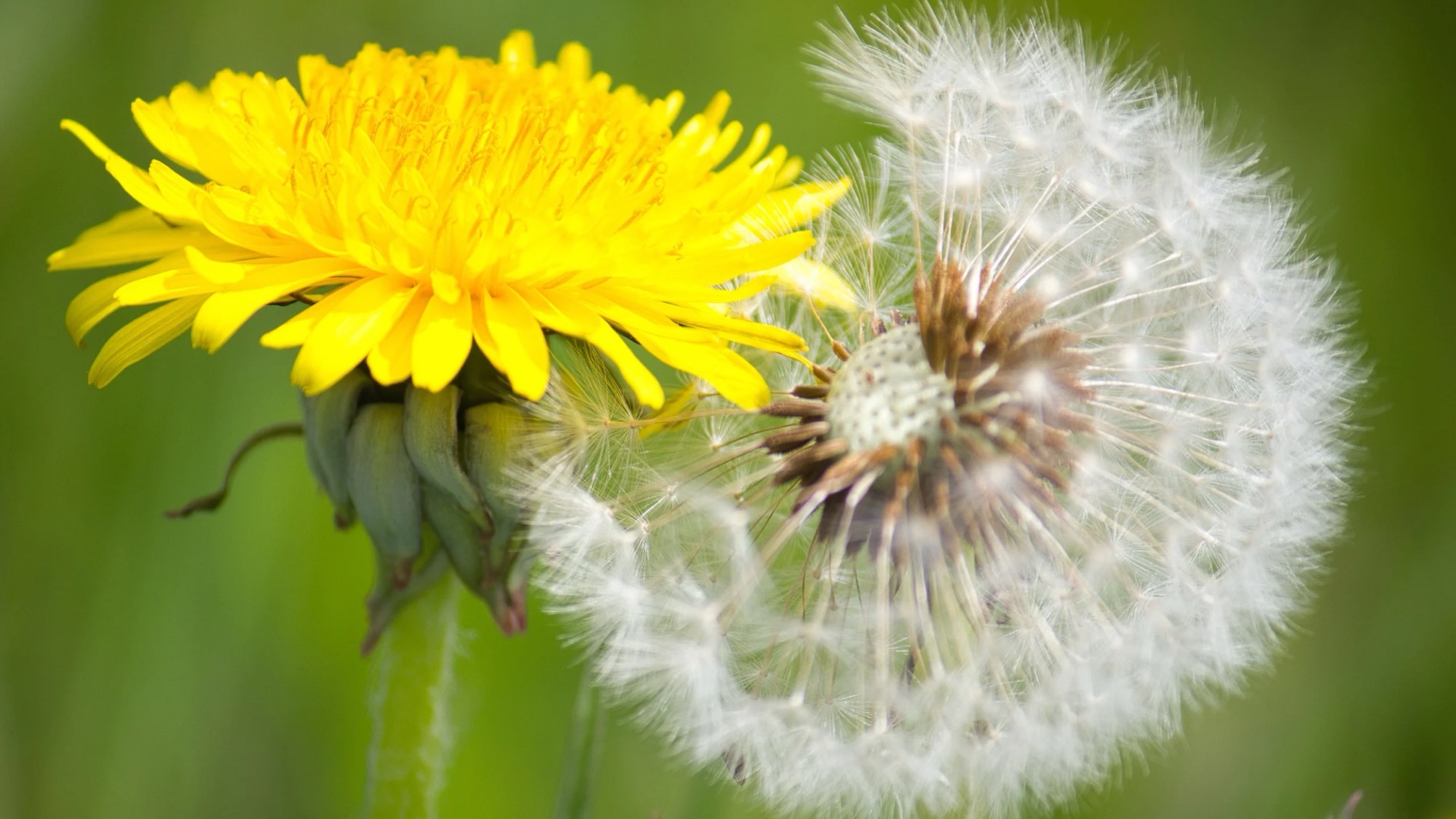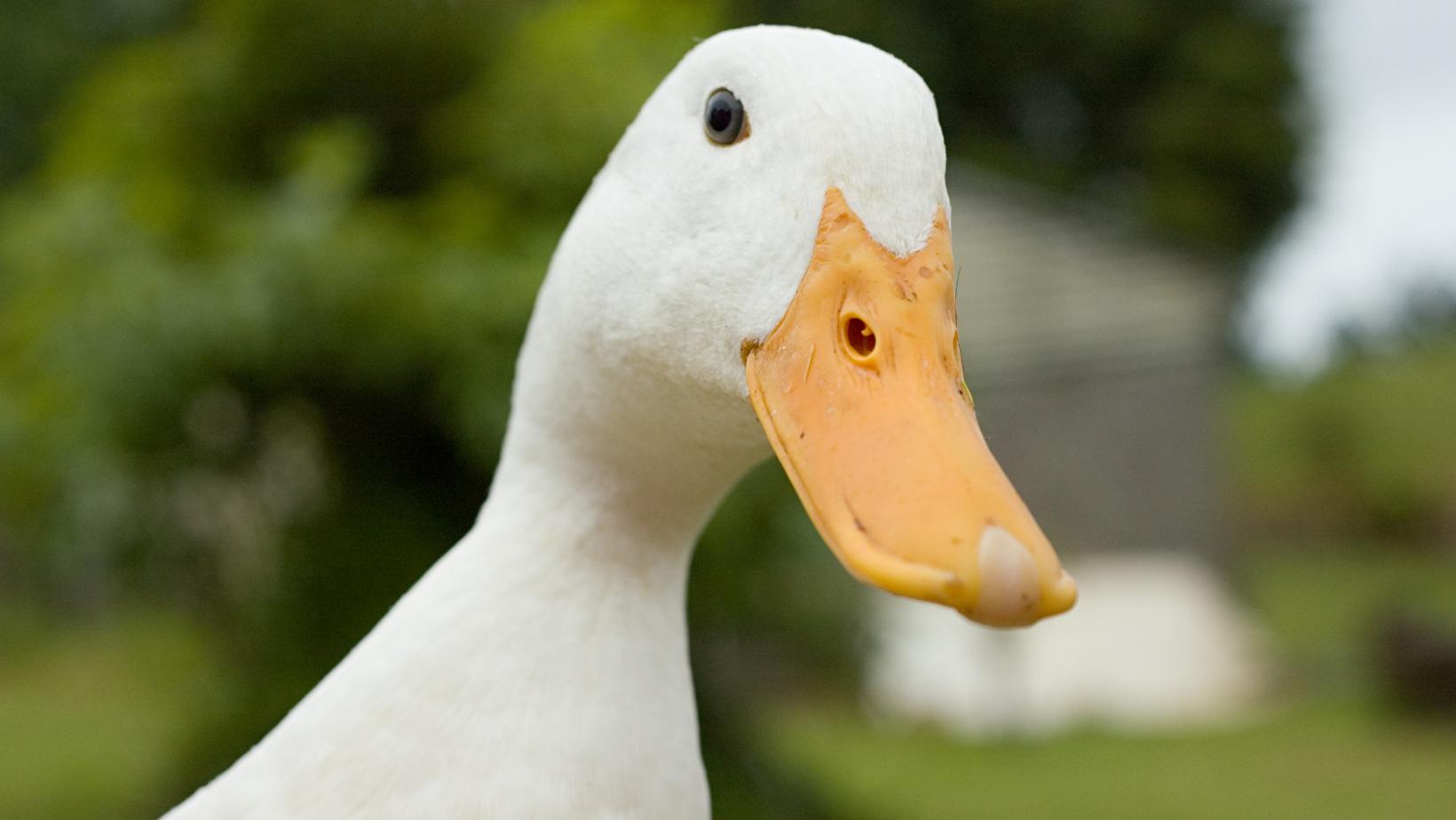Sage is a hardy and relatively easy-to-grow herb, beloved for its aromatic leaves and culinary uses. However, like any plant, sage can encounter a few problems in the garden. Identifying and addressing these issues early can ensure your sage plants remain healthy and productive. Here are 10 common problems with growing sage and how to fix them.
1. Yellowing Leaves
Identification: One of the most common issues with sage is yellowing leaves. This problem often starts with the older, lower leaves and can spread to the entire plant. Yellow leaves on sage usually indicate a watering problem, either too much or too little.
Cause: Overwatering is the most frequent cause, leading to waterlogged soil and root rot. Conversely, underwatering can also cause the leaves to yellow, as the plant struggles to maintain its foliage without adequate moisture.
Fix: Check the soil moisture by sticking your finger about an inch into the soil. If it feels wet, reduce watering and ensure your sage is planted in well-drained soil. If the soil is dry, increase your watering frequency. Always allow the top inch of soil to dry out between waterings to prevent root rot.
2. Powdery Mildew
Identification: Powdery mildew is a fungal disease that appears as a white, powdery substance on the leaves of the sage plant. It often starts on the underside of the leaves and can spread quickly, covering the entire plant.
Cause: Powdery mildew thrives in conditions with high humidity and poor air circulation. It’s particularly common in dense plantings where air cannot easily flow between the plants.
Fix: Improve air circulation around your sage plants by thinning them out or spacing them further apart. Water the plants early in the day to allow moisture on the leaves to evaporate before nightfall. If powdery mildew appears, remove affected leaves and consider applying a fungicide specifically designed for use on edible plants.
3. Root Rot
Identification: Root rot is a severe condition that affects the roots of the sage plant, causing them to become brown, mushy, and unable to absorb water and nutrients. Above ground, the plant will wilt, show yellowing leaves, and eventually die if left untreated.
Cause: Root rot is primarily caused by overwatering or poor drainage. Sage needs well-drained soil, and if the roots sit in waterlogged soil for too long, they begin to rot.
Fix: To prevent root rot, ensure your sage is planted in well-drained soil or a raised bed where water can easily drain away. If you suspect root rot, carefully dig up the plant, trim away the affected roots, and replant in fresh, well-drained soil. Reduce watering to allow the roots to recover.
4. Leggy Growth
Identification: Leggy growth in sage is characterized by long, spindly stems with sparse foliage. The plant appears stretched out, with leaves concentrated at the tips rather than along the entire stem.
Cause: Leggy growth is typically caused by insufficient light. Sage requires full sun to develop compact, bushy growth. When grown in too much shade, the plant stretches toward the light, resulting in leggy stems.
Fix: Ensure your sage is planted in a location that receives at least 6-8 hours of direct sunlight each day. If growing indoors, place the plant near a south-facing window or use a grow light to provide adequate light. Regularly pinch back the tips of the stems to encourage bushier growth.
5. Leaf Spot
Identification: Leaf spot appears as small, dark spots on the leaves, often surrounded by a yellow halo. These spots can increase in size and number, eventually causing the leaves to turn yellow and drop off.
Cause: Leaf spot is caused by fungal or bacterial infections, often spread by water splashing onto the leaves or through contaminated soil.
Fix: Remove and discard affected leaves to prevent the spread of the disease. Improve air circulation around your plants and avoid overhead watering, which can spread the pathogens. In severe cases, you may need to apply a fungicide labeled for use on edible plants.
6. Aphid Infestation
Identification: Aphids are tiny, pear-shaped insects that cluster on the underside of sage leaves or on new growth. They can be green, black, brown, or red, depending on the species. Aphids suck sap from the plant, causing distorted growth, yellowing leaves, and a sticky residue known as honeydew.
Cause: Aphids are attracted to the tender new growth of sage, particularly in the spring and early summer.
Fix: To control aphids, spray the plants with a strong jet of water to dislodge them. Introduce beneficial insects like ladybugs, which feed on aphids. If the infestation is severe, apply insecticidal soap or neem oil, following the instructions on the label.
7. Slugs and Snails
Identification: Slugs and snails leave behind large, irregular holes in sage leaves, as well as a slimy trail on the foliage and soil. These pests are most active at night and in damp conditions.
Cause: Slugs and snails are attracted to the moisture in the garden and can cause significant damage to sage plants, particularly young, tender leaves.
Fix: Reduce moisture around the plants by watering in the morning and allowing the soil surface to dry out by evening. Use barriers like copper tape or diatomaceous earth around the base of the plants. Hand-pick slugs and snails at night, or use bait traps to control their population.
8. Spider Mites
Identification: Spider mites are tiny, spider-like pests that are difficult to see with the naked eye. They cause stippling on the leaves, which appear as small yellow or white spots. Severe infestations can lead to webbing on the plant and leaf drop.
Cause: Spider mites thrive in hot, dry conditions, particularly when the plant is under stress.
Fix: Increase humidity around the plant by misting it regularly or using a humidifier. Spray the plant with a strong jet of water to dislodge the mites. If the infestation persists, apply insecticidal soap or neem oil to control the population.
9. Wilting
Identification: Wilting in sage is characterized by limp, drooping leaves, even when the plant is adequately watered. The leaves may also appear discolored or shriveled.
Cause: Wilting can be caused by a variety of factors, including root rot, overwatering, underwatering, or transplant shock. It can also result from pest infestations that damage the roots or stems.
Fix: First, check the soil moisture. If the soil is waterlogged, allow it to dry out before watering again. If the soil is dry, water the plant thoroughly and monitor its response. Inspect the roots for signs of rot or pest damage, and treat accordingly. Ensure the plant is not exposed to extreme heat or cold, which can also cause wilting.
10. Stunted Growth
Identification: Stunted growth in sage is when the plant fails to reach its expected size or produces smaller than usual leaves. The plant may also appear pale or lack vigor.
Cause: Stunted growth can result from poor soil nutrition, insufficient sunlight, or pest and disease issues. It can also occur if the plant is root-bound or has been exposed to stress, such as extreme temperatures or drought.
Fix: Ensure your sage is planted in well-drained, fertile soil. Amend the soil with compost or a balanced fertilizer to provide essential nutrients. Make sure the plant is receiving adequate sunlight and water. If the plant is root-bound, repot it into a larger container or divide and replant it in the garden. Address any pest or disease issues promptly to prevent further damage.
Growing sage can be a rewarding experience, but like any plant, it can encounter a variety of issues. By understanding these common problems and how to address them, you can keep your sage plants healthy and productive. Regular monitoring, proper care, and timely intervention are key to preventing and managing these issues. With the right approach, your sage garden will thrive, providing you with an abundant supply of flavorful leaves for years to come.
If you want to talk about your problems with growing sage, find us on your favorite social media platform and send us a message!




